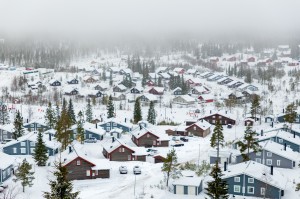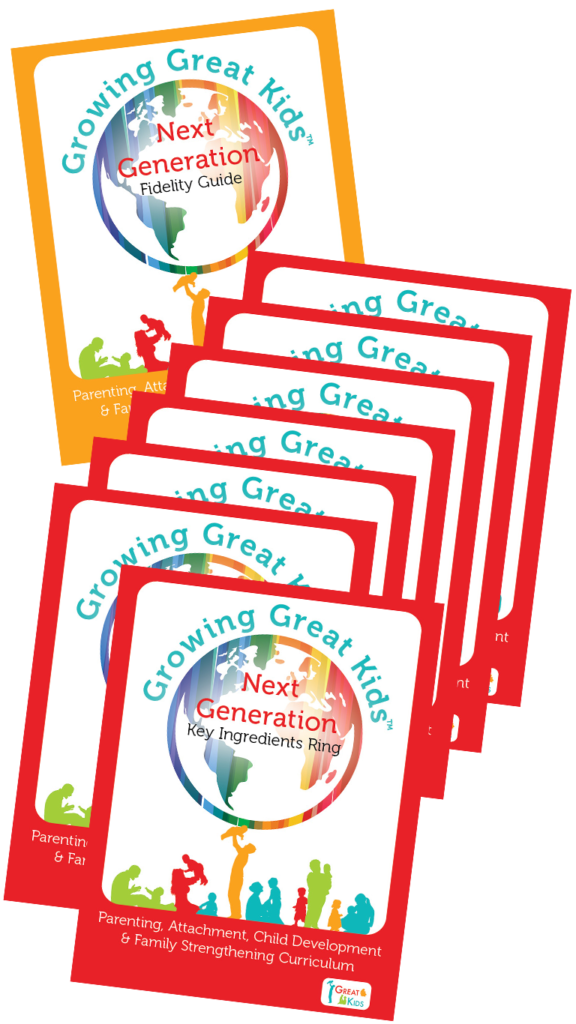
January has arrived and It is officially the new year! For many, the month of January represents a time of newness and change. January is famous for hosting the New Year holiday, but it is also well known for bringing about freezing temperatures, snow, and ice. Throughout the country, many have witnessed a dusting of snow, while others have already bundled up in multiple layers of clothing in an attempt to face the snowy sidewalks that pave their communities. Not everyone will face these changing temperatures, but many individuals will soon experience the bitter winds of winter and the chilling temperatures the season produces. As January begins, winter will make its appearance, thus sending many Americans to seek shelter in the warmth of their homes.
It is second nature to many us of to switch our thermostats to the heat setting once we begin to feel our house getting cold, but it is easy to forget the dangers that can arise from heating a home. According to the United States Energy Information Administration (2013), using natural gas is one of the most common ways for Americans to heat their homes. When natural gas is used, there is a risk for carbon monoxide (CO) poisoning.
The United States Fire Administration (2017) explains that CO is a colorless and odorless gas that can be deadly. Due to CO being an invisible gas, individuals may not realize when they are being exposed to it. Accidental CO poisoning accounts for roughly 400 to 500 deaths and more than 15,000 emergency room visits in the United States each year (American Academy of Pediatrics, 2017). The beginning stages of CO poisoning can present with various symptoms. These symptoms include:
• headache
• fatigue
• shortness of breath
• dizziness
• nausea
CO poisoning impacts individuals of all ages, but children are particularly sensitive to the dangerous gas. The American Academy of Pediatrics (2017) explains that when someone breaths in CO, the gas impacts their ability to transport oxygen. This creates more of a danger for children because they breathe faster, meaning children inhale more of the CO per pound of body weight.
Since so many families use natural gas and other heating techniques that can release CO, it is critical for parents to know how to prevent CO poisoning. The American Academy of Pediatrics (2017) shares that in order to prevent CO poisoning, CO detectors should be installed near every sleeping area in a home and checked frequently to ensure the detectors are working properly. Organizations like the United States Fire Administration (2017) recommend that CO detectors should be tested at least once a month to ensure that the alarm works properly.
While installing CO detectors is an effective way to prevent CO poisoning, experts also suggest that heating sources should be inspected annually or as recommended by the manufacturer to ensure they also function correctly. This includes fuel burning appliances, fireplaces, woodstoves, and space heaters (American Academy of Pediatrics, 2017). Even though CO can create dangers for families, especially during the winter months, it is important that caregivers understand that CO poisoning is preventable when detectors are used, and heating sources are properly inspected.
When discussing how to safely heat homes in the winter, it is crucial to also discuss the dangers of fire. According to the United States Fire Administration (2017), home fires are most prevalent in the winter. Half of all home heating fires to occur in the months of December, January, and February. In fact, heating equipment is involved in 1 in every 7 home fires. Unfortunately, statistics also show that in 1 in every 5 deaths caused by a home fire, heating equipment is involved.
When we look at these statistics, we realize quickly that heating a home poses a risk for fires. However, just as with CO poisoning can be prevented, home fires can be prevented. The United States Fire Administration recommends the following so that home heating fires can be avoided:
- Use a certified professional to inspect chimneys and vents to ensure they work properly each year
- Keep any object that could burn at least three feet away from heat sources such as a fireplaces, wood-stoves, space heaters, or radiators
- Never plug more than one heat-producing appliance such as a space heater into an outlet at time
In addition to these tips, the American Academy of Pediatrics (2015), recommends that all families install smoke alarms outside every bedroom and there should be at least one smoke alarm on every floor of a home. These smoke alarms should be tested monthly and every family should have and practice a fire evacuation plan.
As you read this blog, you might be asking yourself, “How can I as a home visitor make sure the families I serve stay safe when they heat their homes?” This is a great question to ask because home visitors only visit with families for about an hour each week, so it’s hard to ensure the families you serve are heating their homes safely.
Keeping this question in mind, did you know that Great Kids provides a tool for you so that you can have conversation about how to keep families safe from CO and fires? This tool is known as the Home Safety Checklist for Families with Babies 6 Months And Older. It can be found in the 7 to 9 Months Basic Care section of the Birth to 12 Months Manual. When you use this checklist with families, you’ll have the opportunity to discuss how to prevent CO poisoning, and if families have checked the batteries in their smoke detectors.
It is easy to simply make checks on this list and move along to the next topic of discussion with families. However, Great Kids encourages home visitors to take their time with this list and follow up with families on CO and fire safety. Please learn about the resources available in your community that helps families to obtain carbon monoxide detectors and smoke alarms. Some fire departments will provide smoke alarms for free! As we approach these winter months, pull out the Home Safety Checklist. Remember this checklist is more than a simple to-do list, it is a conversation guide that can help save lives. Let’s work to keep families safe, while families work to stay warm.
References
American Academy of Pediatrics. 2015. Fire safety what is the best way to keep my family safe from a home fire? Retrieved from: https://www.healthychildren.org
American Academy of Pediatrics. 2017. How to prevent carbon monoxide poisoning. Retrieved from: https://www.healthychildren.org
United States Energy Information Administration. 2013. Use of energy in the United States explained energy use in homes. Retrieved from: https://www.eia.gov
United States Fire Administration. 2017. Carbon monoxide safety outreach materials. Retrieved from: https://www.usfa.fema.gov
United States Fire Administration. 2017. Winter fire safety outreach materials. Retrieved from: https://www.usfa.fema.gov

